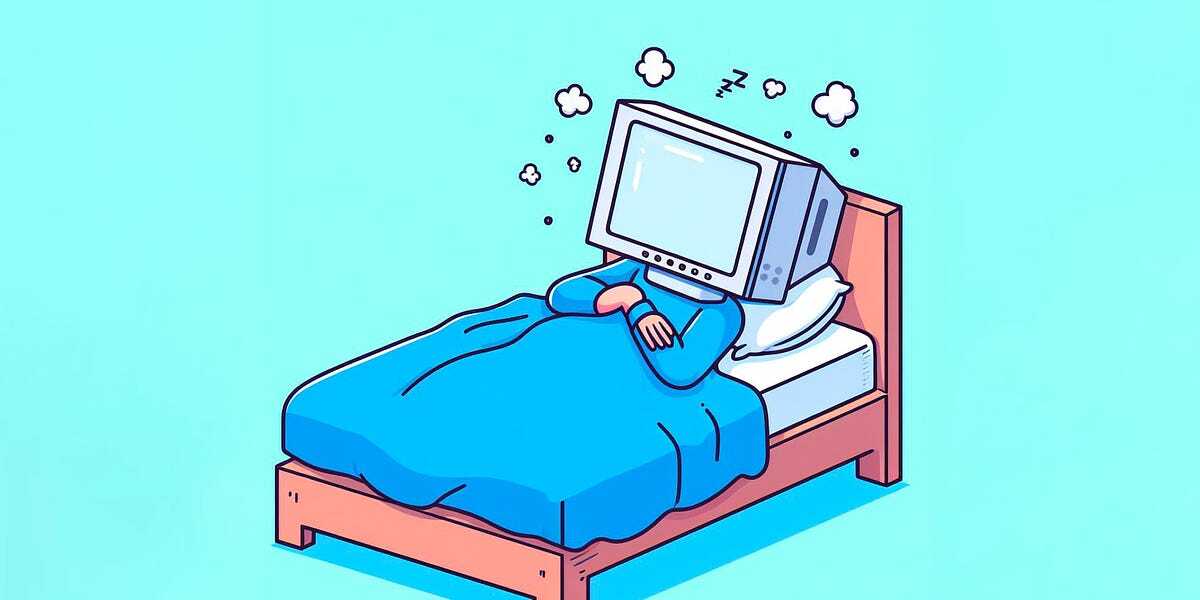- cross-posted to:
- technology@beehaw.org
- cross-posted to:
- technology@beehaw.org
The gist:
The always-on nature of phones and tablets is incredibly convenient. Wouldn’t it be great if your (non-ARM) laptop or desktop could do this too? Save power when you’re not using it, but still be ready at a moment’s notice?
Microsoft certainly thought so, which is why when Windows 8 was released, it introduced a new feature called Connected Standby. If the hardware indicated support (foreshadowing), instead of telling the BIOS to enter system standby, Windows would enter Connected Standby.
I first ran into the wonders of Modern Standby on my Dell Inspiron 5482, an 8th generation Intel 2-in-1 laptop with a spinning hard drive. After a few months of owning it, I started noticing that it wasn’t sleeping properly. If I closed it, I could still sometimes hear the fans running even 15 minutes later. If I put it in my backpack, there was a good chance I’d take it out at 0% battery or to the fans running at full blast and the CPU dangerously close to overheating. Half the time the hard drive wouldn’t even spin down, which sure is nice when you’re planning to be jostling it around in a bag for a couple hours.
The worst part of this all was that Dell gave you no official way to disable Modern Standby. Windows itself isn’t any help, either. If the BIOS says it supports Modern Standby, Windows takes it at its word and completely disables the ability to enter S3 sleep (classic standby). There’s no official or documented option for disabling Modern Standby through Windows, which is incredibly annoying.
Another issue with Modern Standby is what can trigger wakeup events, and for how long. Supposedly, only certain built-in Windows functions, like updates and telemetry can actually wake the device up, but so can apps installed through the Microsoft Store.
Microsoft probably deserves most of the blame for this mess. It created the feature and has been (allegedly) pressuring vendors to implement it and discontinue support for S3 sleep.
Was running into the same previously. Putting my desktop to sleep only to find it waking up in the middle of the night, and for some reason not going back to sleep afterwards. I believe the solution for me previously was disabling wake timers. Hasn’t been an issue since. However this is a much larger issue on things like laptops where preventing sleep while in a backpack could lead to excessive heat generation. Infuriating that it’s forced by default
Half the time the hard drive wouldn’t even spin down, which sure is nice when you’re planning to be jostling it around in a bag for a couple hours.
I’m pretty sure this is what trashed my first laptop. Thankfully I didn’t have a lot of information on there yet and was able to replace the hard drive. But absolutely ridiculous that this passed quality control.
This article is a wall of text spreading fake info. The sleep states work fine in windows if you have any idea how it works. And this has been the case for at least 8 years.
If you have any issue go into cmd type
powercfg -requestsand windows will tell you what is keeping it awake.And doubling down if you really want your pc to wake if its off and you slap your keyboard just tweak your bios wake options and done.
Btw, if my pc wakes up seconds after if try to manually via XfCE power menu, but sleeps fine by itself (20 minutes inactivity), what could that be?
Check journal, you should see either an error or a wakeup reason



